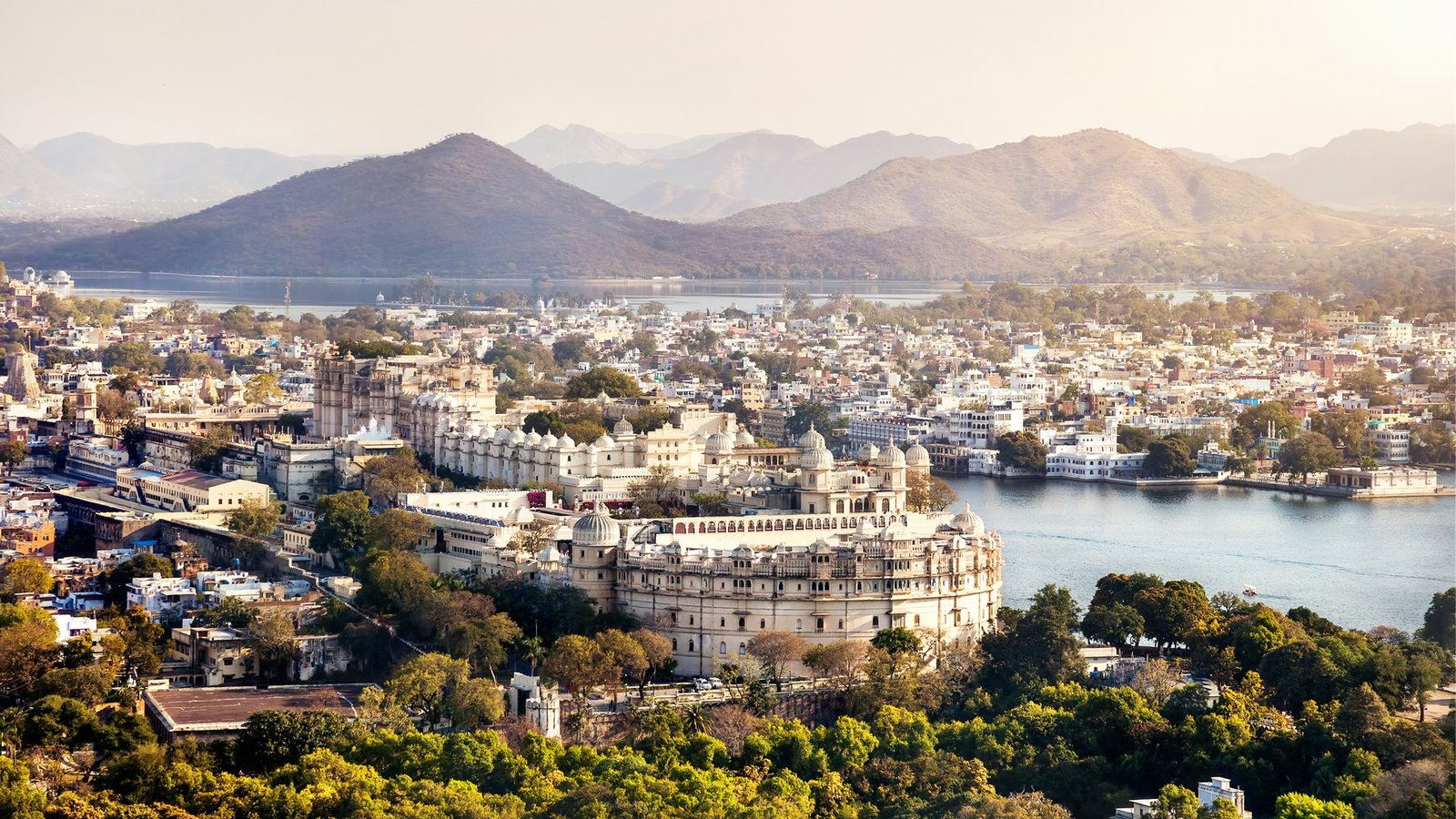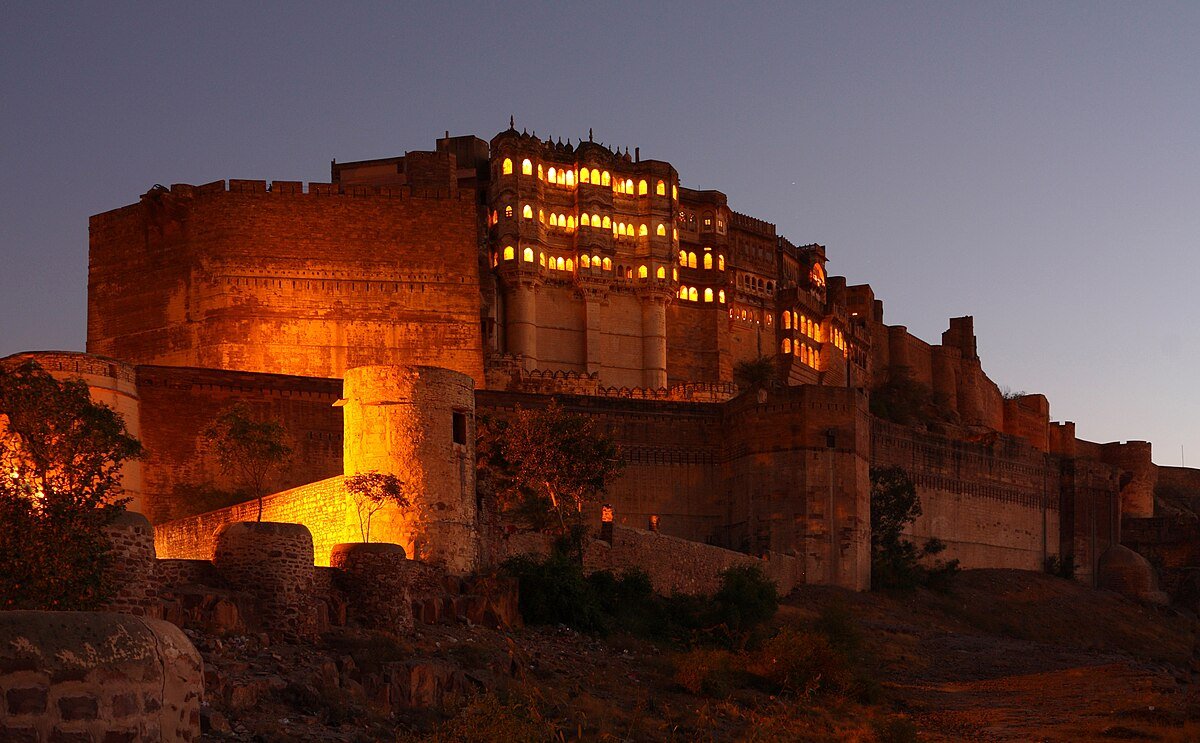Ranthambore National Park, located in Rajasthan, is a premier destination for wildlife enthusiasts and travelers seeking a blend of adventure and natural beauty. Nestled amidst the Aravalli and Vindhya ranges, the park is a haven for wildlife, offering one of the best opportunities to spot the majestic Bengal tiger in its natural habitat. Visitors looking for comfort alongside wildlife exploration often choose the Best Resorts in Ranthambore as a starting point for their journey, ensuring a perfect blend of luxury and accessibility to the park’s attractions.
Wildlife Safari in Ranthambore
A highlight of any trip to Ranthambore National Park is the safari experience. The park spans over 392 square kilometers, making it one of the largest national parks in India. Visitors can embark on guided Jeep or canter safaris to explore its diverse landscapes, which include dense forests, open grasslands, and serene lakes. For those seeking an organized and immersive experience, booking a Jeep safari in Ranthambore is highly recommended. Safaris are best taken in the early morning or late afternoon, when wildlife is most active.
The park is home to over 25 species of mammals, including leopards, sloth bears, and wild boars. Bird watchers will also find over 300 species of birds, ranging from the colorful Indian roller to the elusive paradise flycatcher. Knowledgeable guides not only ensure a safe safari but also provide insights into the park’s flora, fauna, and conservation efforts, adding an educational dimension to the adventure.
Ranthambore Fort: A Historical Gem
Within the park lies the iconic Ranthambore Fort, a UNESCO World Heritage site that dates back to the 10th century. The fort’s architecture reflects a blend of Rajput and Mughal styles, with massive walls, intricate gates, and ancient temples. Visitors can explore the fort’s historic structures while enjoying panoramic views of the surrounding forest and lakes. The fort adds a historical and cultural layer to the Ranthambore experience, making it a must-visit for history buffs and photographers alike.
Scenic Landscapes and Nature Trails
Ranthambore National Park is not just about wildlife; it is a visual feast of natural beauty. The park’s lakes, rivers, and waterfalls create serene spots for relaxation and photography. Seasonal streams and waterholes attract animals, offering excellent vantage points for wildlife observation. Several nature trails and trekking routes allow visitors to explore the forest on foot under the guidance of expert naturalists. This combination of walking trails and guided safaris ensures that every visitor can experience the park at their own pace.
Accommodation: Comfort Amidst Wilderness
For travelers seeking a luxurious stay close to nature, Ranthambore offers a range of high-end accommodations. The Luxury Resort in Ranthambore provides elegantly designed rooms, modern amenities, and personalized services while maintaining proximity to the park. Guests can enjoy fine dining, spa treatments, and curated excursions that enhance the overall experience. Staying at a resort ensures convenience, safety, and a relaxing retreat after a day of wildlife exploration.
Tips for an Enriching Visit
- Timing: The best months to visit Ranthambore are from October to June, avoiding the monsoon season when some safari routes may be closed.
- Booking Safaris: Advance booking is recommended for safaris, especially during peak tourist season.
- Guided Tours: Hiring certified guides improves the chances of spotting wildlife and provides valuable context about the park’s ecosystem.
- Photography: Carry a camera with a good zoom lens to capture distant wildlife and scenic vistas.
- Respect Nature: Visitors should follow park rules, avoid littering, and maintain a safe distance from animals to ensure both personal safety and conservation.
Local Attractions Around Ranthambore
Apart from the national park and fort, the surrounding region offers unique experiences. Villages around Ranthambore provide opportunities to witness traditional Rajasthani culture, handicrafts, and local cuisine. Nearby temples, lakes, and historic monuments add cultural depth to the visit. Exploring these attractions enriches the travel experience, making the trip more than just a wildlife adventure.
Conservation and Responsible Tourism
Ranthambore National Park plays a significant role in tiger conservation and the preservation of biodiversity. Initiatives by the government and non-governmental organizations focus on habitat protection, anti-poaching measures, and wildlife research. Visitors are encouraged to support responsible tourism practices, such as using eco-friendly accommodations and following guidelines during safaris. This approach not only enhances the experience but also contributes to long-term conservation efforts.
Ranthambore National Park offers an unmatched combination of adventure, history, and scenic beauty. From thrilling safaris to the majestic Ranthambore Fort and tranquil landscapes, every aspect of the park invites exploration and discovery. Whether staying at a luxury resort or enjoying the simplicity of nature trails, visitors can create memories that last a lifetime. A visit to this unique destination is not just a journey through the wilderness but an opportunity to connect with history, culture, and the natural world.




